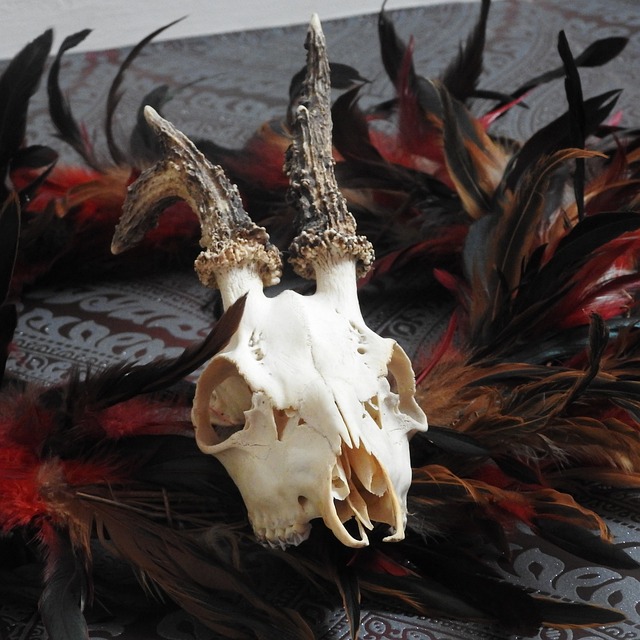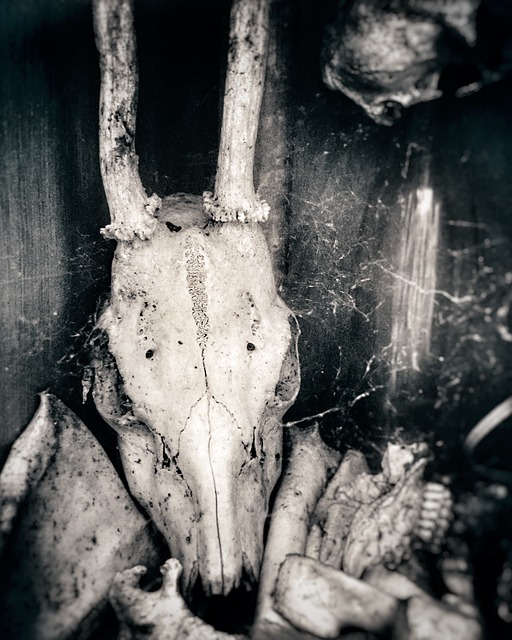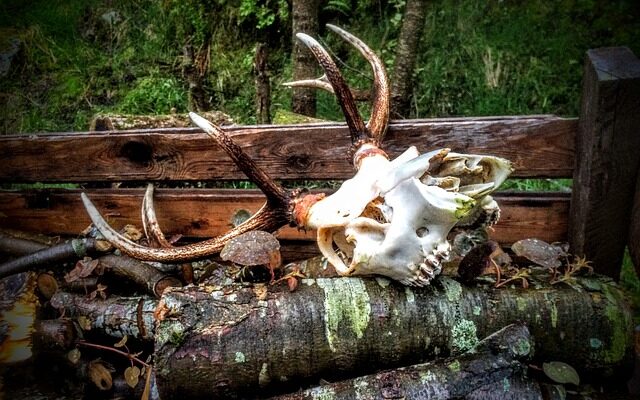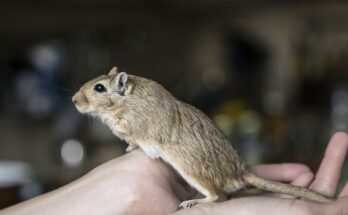Introduction:
The deer, with its graceful movements and majestic presence, has captivated humans for centuries. Beyond its beauty lies a fascinating aspect that often goes unnoticed—the intricacy of its skeletal structure. In this comprehensive guide, we delve deep into the world of the deer skeleton, exploring its anatomy, functionality, adaptations, and significance in both ecological and cultural contexts.
Anatomy of the Deer Skeleton:
To understand the deer skeleton fully, we must first dissect its anatomy. From the skull to the tail, each bone serves a specific purpose in supporting the deer’s body and facilitating its movement. The skull, with its antlers or ossicones (in some species), not only serves as a formidable defense mechanism but also plays a role in sexual selection and dominance hierarchies among males. The vertebrae, ribs, and limbs provide flexibility, strength, and agility necessary for survival in various habitats.
Functionality and Adaptations:
The functionality of the deer skeleton is intricately tied to its adaptations for survival. For instance, the long, slender bones of the limbs reduce weight while maintaining strength, enabling swift movements essential for escaping predators or pursuing prey. The specialized structure of the vertebral column allows for efficient running and jumping, while the unique design of the pelvic girdle supports reproductive functions and facilitates efficient locomotion.
Evolutionary Significance:
The evolution of the deer skeleton reflects the species’ journey through time and its adaptation to changing environments. Fossil records provide insights into the ancestral forms of deer and the gradual development of their skeletal features, including antlers and limb morphology. Understanding these evolutionary processes not only sheds light on the deer’s past but also informs conservation efforts aimed at preserving their genetic diversity and ecological roles.
Ecological Importance:
Beyond its role in supporting individual deer, the skeleton contributes to broader ecological processes. As herbivores, deer play a crucial role in shaping plant communities through browsing and grazing activities. Additionally, their skeletal remains serve as a vital source of nutrients for scavengers and decomposers, fueling nutrient cycles within ecosystems. By studying the interactions between deer skeletons and their environment, researchers gain insights into ecosystem dynamics and biodiversity conservation.
Cultural and Symbolic Significance:

Throughout history, deer have held cultural and symbolic significance in various human societies. From ancient cave paintings to modern-day folklore, depictions of deer abound in human culture, representing qualities such as strength, grace, and spirituality. The use of deer antlers and bones in rituals, art, and craftsmanship further underscores their symbolic importance, linking humans to the natural world and our shared evolutionary heritage.
Conservation Challenges:
Despite their ecological and cultural importance, deer populations face numerous conservation challenges in the modern era. Habitat loss, fragmentation, and overhunting threaten their survival, leading to declines in population numbers and genetic diversity. Climate change exacerbates these threats by altering habitat suitability and increasing the frequency of extreme weather events. Conservation efforts aimed at mitigating these challenges involve habitat restoration, population management, and public education to foster coexistence between humans and deer.
Future Directions:
Looking ahead, research on the deer skeleton continues to unlock new insights into its biology, ecology, and evolutionary history. Advances in technology, such as high-resolution imaging and biomechanical modeling, offer unprecedented opportunities to study skeletal morphology and function in greater detail. Integrating interdisciplinary approaches, including genetics, physiology, and biomechanics, will further our understanding of deer biology and inform conservation strategies in a rapidly changing world.
Conclusion:
In conclusion, the deer skeleton represents a marvel of evolution, adaptation, and ecological interconnectedness. From its intricate anatomy to its cultural significance, the deer skeleton embodies the complex relationship between organisms and their environments. By studying and appreciating the deer skeleton, we gain a deeper understanding of the natural world and our place within it, inspiring awe, curiosity, and a commitment to conservation for generations to come.
Aspects of the deer skeleton:

Certainly! Let’s delve deeper into a few specific aspects of the deer skeleton:
- Antler Growth and Shedding:
The most striking feature of many deer species is their antlers. These bony protrusions are unique to the male members of the Cervidae family and are among the fastest-growing tissues in the animal kingdom. Each year, male deer undergo a remarkable process of antler regeneration, starting from a specialized structure called the pedicle on the frontal bones of the skull. As the breeding season approaches, hormonal changes trigger the growth of new antlers, which are covered in a layer of velvety skin rich in blood vessels and nerves. This velvet provides vital nutrients for antler growth and sensitivity during the development phase. Once fully grown, the antlers harden, and the velvet is shed, revealing the bone beneath. After the mating season, typically in late winter or early spring, the antlers are shed and the cycle begins anew. This annual process of antler growth and shedding is a testament to the deer’s adaptability and reproductive strategy, as well as its role in sexual selection and competition among males. - Biomechanics of Locomotion:
The skeletal structure of deer is finely tuned for efficient locomotion across varied terrain. The elongated limbs and digitigrade stance (walking on their toes) allow deer to cover long distances with minimal energy expenditure. The arrangement of bones, muscles, and ligaments in the limbs acts as a system of levers, amplifying the force generated by muscle contractions and enabling rapid acceleration and deceleration. Additionally, the suspension system provided by the vertebral column and rib cage absorbs shocks during running and jumping, reducing the risk of injury. Biomechanical studies using techniques such as motion capture and finite element analysis have provided insights into the mechanics of deer locomotion, informing the design of prosthetics and robotics inspired by nature’s engineering. - Cultural Depictions and Symbolism:
Across cultures and throughout history, deer have been revered and mythologized, often serving as symbols of fertility, abundance, and renewal. In ancient mythologies, such as those of the Greek goddess Artemis and the Celtic god Cernunnos, deer are associated with nature, wilderness, and the cycle of life and death.
By exploring these additional facets of the deer skeleton, we gain a richer understanding of its biological, ecological, and cultural significance, highlighting the interconnectedness of humans and the natural world. See more
FAQS:
Answer and Explanation: Deer have 327 bones that consist of some very tiny bones and a whole ribcage. While there are many different species of deer, their skeletal make-up is similar.
The condition of the fibula was examined and its variable status was reported. Both the written description and the drawings should be useful to law enforcement officials and archeologists in identifying bones as those of the white-tailed deer.
about 11.5 inches long
The average white-tailed deer skull is about 11.5 inches long and 4.5 inches wide. The skull is made up of the cranial bones (cranium) and the facial bones (which include the mandible). The joints of the cranial and facial bones are called sutures.
Deer skulls have no upper incisors; the cheek teeth are all very similar and designed for grinding. Male deer skulls are easily recognized by antlers; if antlers are not present, the short, upwardly directed pedicel is cut flat and points backward.
The deer has an unguligrade stance walking on the toenails or hooves. The bones of the instep and palm are fused into long bones. The limbs are long and delicate. Note that the heel and wrist form the joints halfway down the part of the leg that is exposed below the body.
They are assorted front and back leg bones. They average 8″ long and 1.25″ wide. One weighed 3.3 oz. (95 grams).
Antlers are extensions of an animal’s skull found in members of the Cervidae (deer) family. Antlers are a single structure composed of bone, cartilage, fibrous tissue, skin, nerves, and blood vessels.
They are aware of the fact that they must remove the young deer from the birth area because, during birth, fluids from the doe soak the earth and leave a scent detectable by predators. et, Muddy, windy, snow, sleet, cold, warm, Does have four nipples located on their underside, enough for four young to suckle up to.
The deer’s distal tibia includes two parallel articular surfaces for articulation with the astragalus. Fig. S-l1. A human left tibia (posterior view) is compared to a deer’s left tibia (caudal view).




